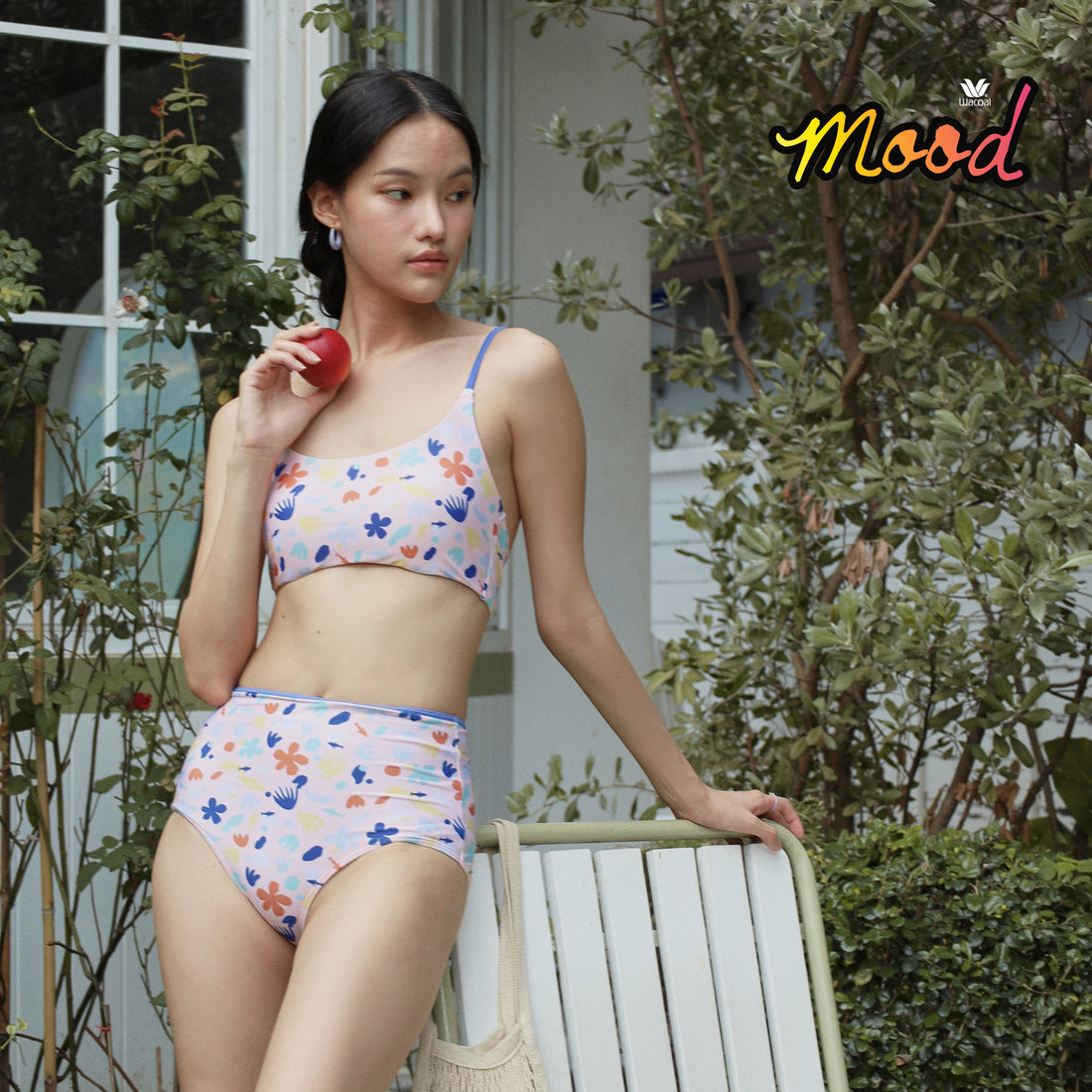Time for an experiment. Watch this 7 minute video. Meditate on it for a while and then read on:
In the vast expanse of content on YouTube, there exists a ten-year-old short film that continues to resonate deeply with viewers. It’s a poignant portrayal of human emotion, wrapped in a narrative that leaves a lasting impact. But behind its artistic facade lies a complex layer of corporate sponsorship and product placement, raising questions about the delicate balance between artistry and commercial interests.
This short film, while not explicitly labeled as sponsored content, features subtle nods to a corporate sponsor through strategically placed products within the storyline. It’s a testament to the evolving landscape of advertising, where brands seek to engage audiences on an emotional level rather than through overt sales pitches.
But herein lies the tension: How do we reconcile the genuine emotions evoked by the film with the underlying motive of selling products? Is it ethical to leverage human emotion for the sole purpose of boosting sales? Or does the collaboration between artists and corporate sponsors represent a new form of creative expression in the digital age?
On one hand, the presence of product placement may be seen as a necessary evil in the world of content creation. It provides filmmakers with the financial resources needed to bring their artistic vision to life, while also allowing brands to reach audiences in a more authentic and engaging manner. In this light, the film serves as a prime example of successful collaboration between art and commerce.
However, on the flipside, critics argue that the commercialization of art compromises its integrity and authenticity. By intertwining emotional storytelling with corporate interests, there’s a risk of diluting the message and manipulating the audience’s emotions for profit. It raises questions about the true intentions behind such collaborations and whether they ultimately serve the interests of the audience or the bottom line of corporations.
As viewers, it’s essential to remain vigilant and discerning when consuming content that blurs the lines between art and advertising. While we may be moved by the emotional depth of a film, it’s crucial to recognize the underlying motives at play and question the ethical implications of commercialization in the realm of art.
In the end, the tension between art and commerce in the context of product placement remains a complex and multifaceted issue. Perhaps the true beauty of this ten-year-old YouTube short film lies not only in its emotional resonance but also in the conversations it sparks about the intersection of creativity, commerce, and the human experience. As we continue to navigate this evolving landscape, it’s up to us to engage critically and thoughtfully with the content we consume, and to consider the implications of its creation.
Reference: https://www.wacoal.co.th/en https://www.youtube.com/@WacoalThailand


